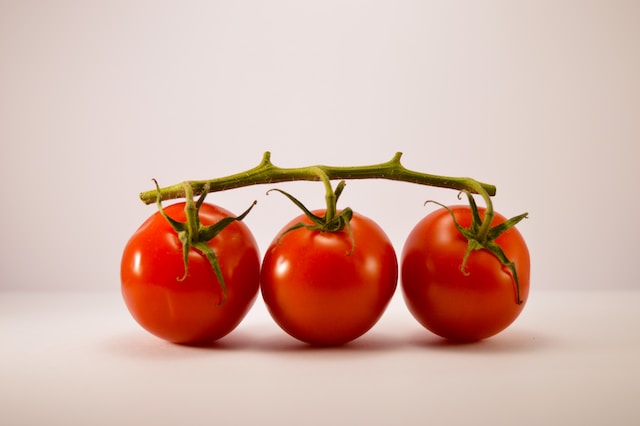The Magic of Umami: Unraveling the Fifth Taste
When it comes to flavour, we often think of sweet, salty, sour, and bitter. But there’s a fifth taste that has been tantalizing taste buds for centuries: umami. Umami, often described as savoury or meaty, is a taste that adds depth and complexity to dishes. In this blog post, we’ll delve into the concept of umami, explore the science behind it, and showcase recipes that harness the power of this unique and savoury sensation.
The Science Behind Umami
Umami is not just a subjective sensation; it has a scientific basis. It was first identified by Japanese chemist Kikunae Ikeda in the early 20th century. He discovered that umami was associated with the amino acid glutamate, which is found naturally in many foods. Here’s a brief overview of the science:
Glutamate:
Glutamate is one of the twenty amino acids that make up proteins. It’s abundant in foods like tomatoes, mushrooms, cheese, and soy sauce.
Receptors
Umami taste receptors, known as T1R1 and T1R3, are present in our taste buds. When glutamate binds to these receptors, it triggers a savoury taste sensation.
Enhancing Flavor
Umami doesn’t just add its flavour; it enhances the overall perception of taste in a dish, making it richer and more satisfying.
Nucleotides
Inosinate (found in meat) and guanylate (found in mushrooms) are nucleotides that can also enhance umami flavour when combined with glutamate.
Umami in Culinary Applications
Umami is often associated with specific ingredients and culinary techniques that enhance its presence in dishes:
Tomatoes
Tomatoes are rich in glutamate, making them a prime source of umami. They’re a staple in many cuisines and are used to create umami-rich sauces like marinara and ketchup.

Parmesan Cheese
Parmesan is celebrated for its umami-packed flavour. Grated over pasta or salads, it adds depth and complexity.
Soy Sauce
Soy sauce, a staple in Asian cuisine, contains glutamate and imparts a salty, savoury umami note to dishes.

Mushrooms
Mushrooms are not only rich in glutamate but also contain guanylate, making them a double umami powerhouse.
Aged Meats and Broths
The ageing process of meats and the slow simmering of broths can concentrate umami flavours, resulting in rich and savoury dishes.
Recipes That Celebrate Umami
Now, let’s explore some recipes that showcase the magic of umami:
Tomato and Basil Caprese Salad
A classic Caprese salad that combines ripe tomatoes, fresh basil, and Parmesan cheese, creating a harmonious umami-rich dish.
Mushroom Risotto
Creamy risotto, infused with the earthy flavours of mushrooms and enriched with Parmesan, is the epitome of umami goodness.
Miso Soup
This Japanese staple combines fermented soybean paste (miso) with seaweed and tofu to create a flavorful and umami-packed broth.
Grilled Steak
A well-marbled, aged steak, seasoned simply with salt and pepper, exemplifies the umami found in quality cuts of meat.

Conclusion
Umami is more than just a taste; it’s a culinary sensation that elevates the flavours of the dishes we love. Whether you’re savouring a tomato-based pasta sauce or indulging in a bowl of miso soup, umami is there, adding depth and richness to your culinary experiences. So, embrace the magic of umami in your cooking, and let it enhance the deliciousness of your meals, one savoury bite at a time.

